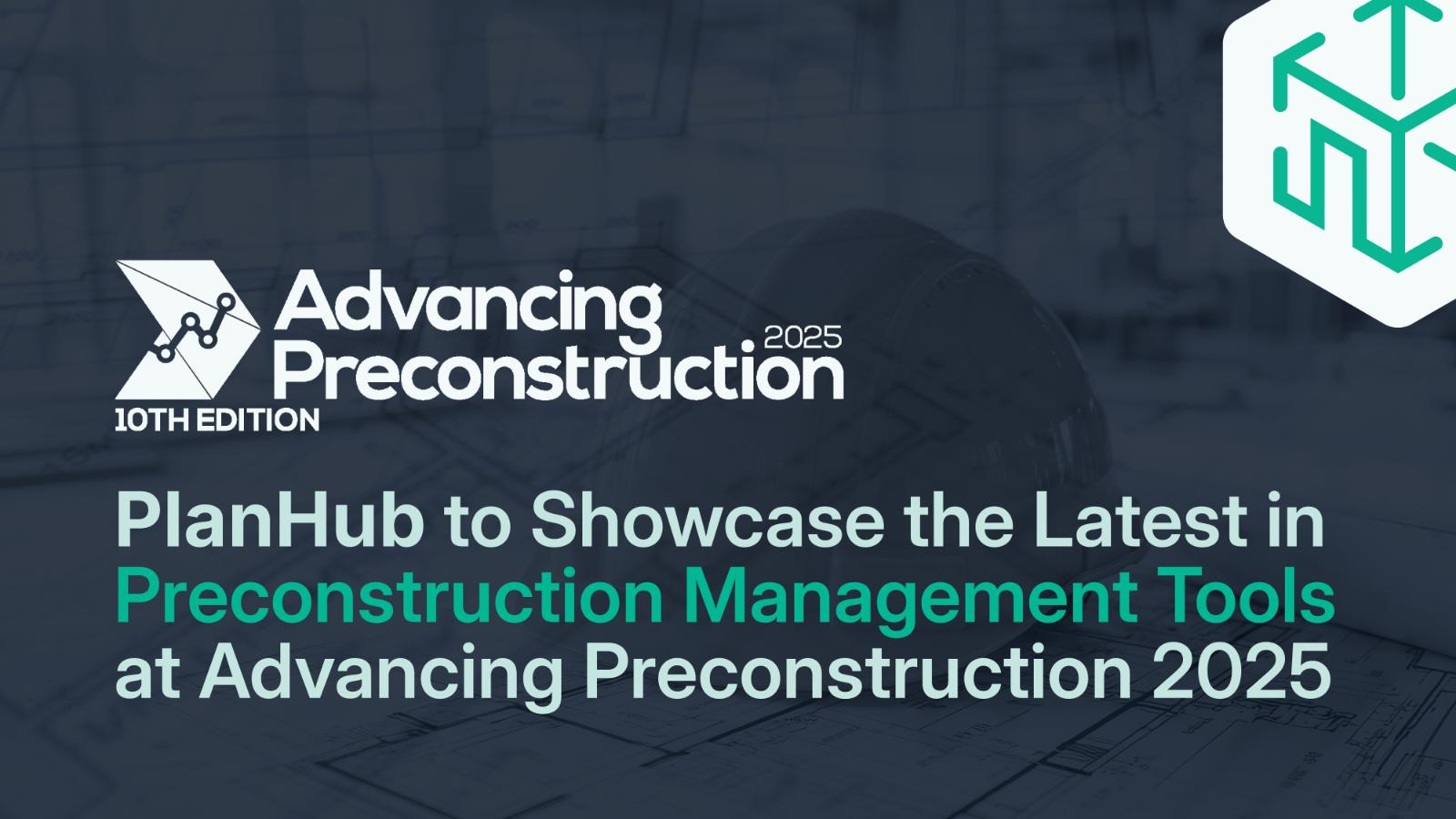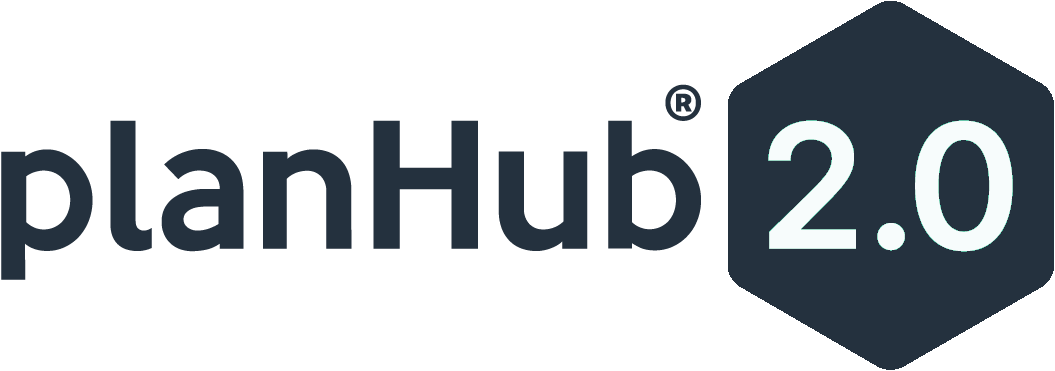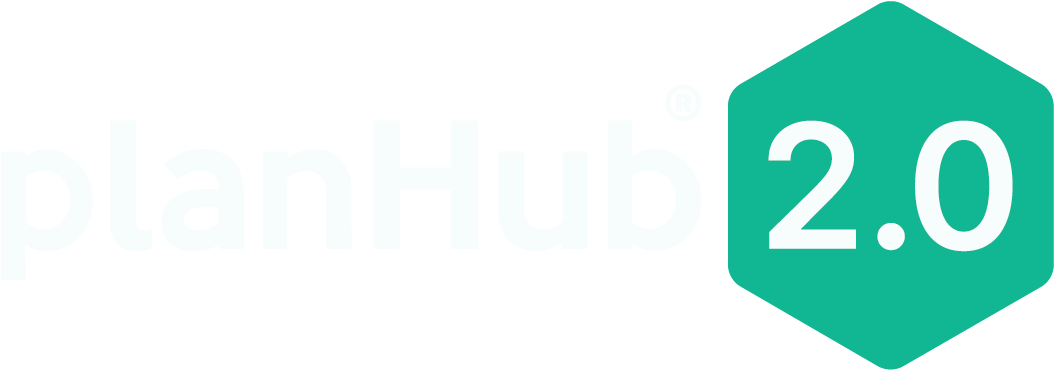Understanding the construction bidding process is key to winning more jobs. General contractors (GCs) and subcontractors need to understand all the steps in the bidding process to know what’s expected of them along the way.
8 Steps to the Construction Bidding Process
1. Project owner issues request for general contractors to bid on the project
The bidding process starts when a project owner or architect advertises that a project is ready for bid and makes the bid documents available to bidders. The bidding process may be facilitated by the owner, an owner’s representative or construction manager, or the project architect.
The owner sends out a request for proposal (RFP), request for quote or qualifications (RFQ), or an invitation to bid (ITB) package. This may be sent to only select general contractors or may be openly advertised for all available GCs to bid. The package includes the project drawings, specifications, reports, and possibly a draft contract. Information such as bid date and time, whether the bid opening will be public or private, and how bids will be scored are also included.
The package specifies what documents must be included with each bid, like a particular bid form or questionnaire. Additional documents may also be requested, including a company resume, project experience, a preliminary project schedule, or financial statements. Although these requirements usually apply only to the GC, subcontractors may be required to provide some added information for their company to supplement what the GC is submitting.
2. GC sends project out to subcontractors for bidding
Once a GC has decided they’re going to bid on the project, they’ll go through the project documents to determine the types of work needed to complete the project. They then develop their own invitation to bid to send out to prospective subcontractors. The invitation to bid includes detailed information on the project and the scope of work.
The GC then distributes the invitation and the project documents, often called a bid package, through various channels. They may send it directly to subcontractors they’ve worked with before and advertise it with bid exchanges, contractor’s associations, and bid sites, like PlanHub.
3. Subcontractors work on bids and ask questions
Subcontractors who choose to bid on the project will access the project documents and begin their bid process. If they have questions regarding the documents, like there’s missing information or unclear details, they submit these questions to one of the general contractors bidding the project. The GC will review the questions and forward them to the design team as required.
During this part of the process, it’s common for additional documents to be shared after a project has been sent out to bid. These additional documents, called addenda, usually provide clarification or missing information. Any work shown or described on the addenda documents must be included in each bid as part of the original bid documents.
It’s also common for bid dates to change due to missing information or delays in getting design documents. It’s the GC’s responsibility to communicate these changes to the subcontractors bidding on the project.
4. Bid day
On or near the bid date, subcontractors send their bids to the general contractors bidding on the project. Each GC reviews each sub bid, compares it to those of similar scope, and asks clarifying questions as needed. The goal is to compare subcontractors in the same trade, apples to apples, though this is often difficult because everyone bids projects differently. GCs may ask subs to revise their pricing, provide more details, or submit revised proposals based on requests from the GC.
The GC selects the winning subcontractors for each trade based on the criteria given for the project. This may include having a particular skill set, experience with similar projects, a working relationship with the GC, or a low price. While it’s true that the lowest bid usually gets chosen, it isn’t always the case. Having experience with similar projects and establishing a working relationship with GCs are good ways to win bids.
Next, the GC puts together their final bid price for the project and completes the bid form, along with any supporting documents the owner has requested. The GC submits their bid packet to the owner or architect as per the instructions given in the request for proposal. Bids are then opened either publicly or privately.
5. Contractor selection
After the bids have been submitted from all the general contractors, the owner or architect reviews the packages and compares them to each other based on the criteria described in the request for proposal. Several factors may determine which general contractor is selected.
The most obvious is the low bid. Many public projects are statutorily bound to select the contractor with the lowest price.
Owners often look for similar project experience when evaluating contractor bids. If a request for proposal asks for information on past projects, then it’s fair to assume that experience will be considered in contractor selection.
If the owner provided criteria and scoring for evaluating bids on the project, additional documents or information on each contractor’s experience, personnel resumes, scheduling philosophy, safety record, or other criteria will be requested. Each of these criteria will be scored on a weighted scale. Once the owner has scored the GCs bids, a winner is selected based on the highest score.
Owners may also base their selection on interviews with general contractors. They may interview them before or after the bid. Interviews are often used to narrow down the field of contractors bidding on a project.
6. Contract negotiations
Once the project owner has chosen the general contractor, the GC and owner enter into contract negotiations. The owner lets the GC know the final price that has been approved, as there are often bid alternates that may or may not be included in the initial contract award. The two parties will negotiate contract terms and the project schedule before a contract is drawn up. There is no contract negotiation with some public owners, and the GC must accept the owner’s terms or not do the project.
A contract is drafted by either the owner or the contractor and reviewed by both parties. There may be further negotiation on terms, such as payments, liquidated damages, or insurance requirements. If the GC and owner can’t agree on the contract terms and price, the owner can choose another contractor to perform the project. The negotiation process then starts over with the new contractor.
7. Signed contract
Both parties sign the contract, and executed copies are sent to everyone on the project team who needs them. The GC provides any documentation the owner has requested, including insurance certificates and bonds.
8. Project buyout
After the GC signs the contract with the owner, they begin the process of making their final selection of subcontractors. There may be further negotiations with specific subs, as well as scope changes due to the GC’s negotiations with the owner. Once subcontractors have been selected, the GC enters into negotiations with them regarding price, contract terms, and schedule.
If a subcontractor and GC come to an agreement, a contract is sent to the subcontractor for review and signature. Once it’s been signed by both parties, the subcontractor can begin planning their work.
The bid process simplified
The most challenging elements of the bid process for general contractors are finding bid opportunities and finding quality subcontractors to bid on projects. Bid sites, like PlanHub, allow general contractors to reach more quality subcontractors with less work. And subcontractors can use it as a tool to bid on construction projects.
Resources

PlanHub To Hold Virtual Growth Summit for Construction Professionals
WEST PALM BEACH, Fla., June 12, 2025 /PRNewswire-PRWeb/ — PlanHub, the premier preconstruction management solution for commercial construction professionals, is proud to announce Virtual Growth

Building Better, Together: Our Unforgettable Experience at the 2025 Advancing Preconstruction Conference
Last week, five of us from PlanHub flew in from all across the U.S.—California, Arizona, Utah, and Wisconsin—to meet up in San Diego for one

PlanHub to Showcase the Latest in Preconstruction Management Tools at Advancing Preconstruction 2025
WEST PALM BEACH, Fla., April 29, 2025 /PRNewswire-PRWeb/ — PlanHub, the premier preconstruction management solution for commercial construction professionals, will be appearing for a third





